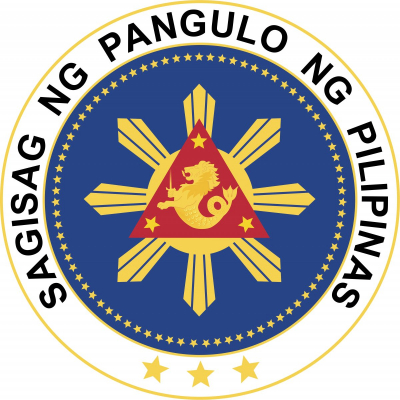Martial law in the Philippines (Filipino: Batas Militar sa Pilipinas) refers to the various historical instances in which the Philippine head of state placed all or part of the country under military control - most prominently:111 during the administration of Ferdinand Marcos, but also during the Philippines colonial period, during the second world war, and more recently on the island of Mindanao during the administrations of Gloria Macapagal Arroyo and Rodrigo Duterte. The alternative term "Martial Law Era" as applied to the Philippines is typically used to describe the Marcos martial law period specifically.Martial law has historically been implemented through the Armed Forces of the Philippines and its predecessor bodies, serving as the head of state's primary tool for implementing political power in a reversal of the normal practice of civilian control of the military.Under the current Philippine Constitution of the Philippines, the President, as head of state and commander in chief of the armed forces, may declare Martial Law in case of invasion or rebellion, when the public safety requires it. Most countries use a different legal construct like "state of emergency".Typically, its imposition accompanies curfews, the suspension of civil law, civil rights, habeas corpus, and the application or extension of military law or military justice to civilians. However, during Marcos time Martial law, only writ of habeas corpus was suspended. Civilian and military courts are effectively the same. Civilians defying martial law may be subjected to military tribunals (court-martial).
The president of the Philippines (Filipino: pangulo ng Pilipinas, sometimes referred to as presidente ng Pilipinas) is the head of state and the head of government of the Philippines. The president leads the executive branch of the Philippine government and is the commander-in-chief of the Armed Forces of the Philippines. The president is directly elected by the people, and is one of only two nationally elected executive officials, the other being the vice president of the Philippines. However, four vice presidents have assumed the presidency without having been elected to the office, by virtue of a president's intra-term death or resignation.Filipinos generally refer to their president as pangulo or presidente in their local language. The president is limited to a single six-year term. No one who has served more than four years of a presidential term is allowed to run or serve again. On June 30, 2016, Rodrigo Duterte was sworn in as the 16th and current president.

1981Jan, 17
President of the Philippines Ferdinand Marcos lifts martial law eight years and five months after declaring it.
Choose Another Date
Events on 1981
- 20Jan
Iran hostage crisis
Twenty minutes after Ronald Reagan was inaugurated, Iran releases 52 American hostages. - 27Apr
Computer mouse
Xerox PARC introduces the computer mouse. - 27Jun
Mao Zedong
The Central Committee of the Communist Party of China issues its "Resolution on Certain Questions in the History of Our Party Since the Founding of the People's Republic of China", laying the blame for the Cultural Revolution on Mao Zedong. - 7Jul
Sandra Day O'Connor
U.S. President Ronald Reagan appoints Sandra Day O'Connor to become the first female member of the Supreme Court of the United States. - 15Sep
Sandra Day O'Connor
The Senate Judiciary Committee unanimously approves Sandra Day O'Connor to become the first female justice of the Supreme Court of the United States

 English
English  español
español  français
français  português
português  русский
русский  العربية
العربية  简体中文
简体中文 